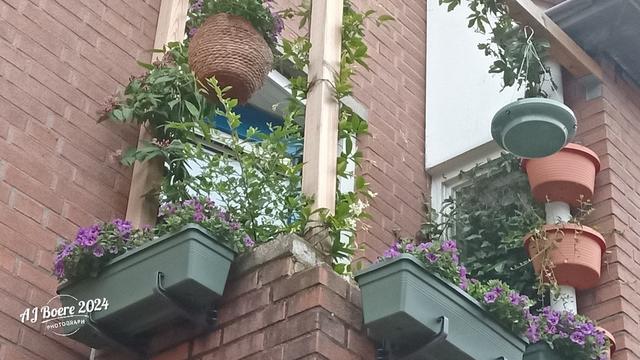#InsectOfMastodon
#Zweefvlieg
#HoverFly
#Nature
#Photography
#KleinBalkonnetje
#Nikon
#D3100
#AltText
#KleinBalkonnetje
Nog een Passiebloembloem op het #KleinBalkonnetje
Passiebloembloem op het #KleinBalkonnetje
Toot morgen!
Client Info
Server: https://mastodon.social
Version: 2025.04
Repository: https://github.com/cyevgeniy/lmst
![The size of hoverflies varies depending on the species.[6] For example Paragus tibialis[7][8][9] is 3–5 mm (1⁄8–13⁄64 in) long, while Criorhina nigriventris is 13.6–20.6 mm (17⁄32–13⁄16 in) long.[10] Some, such as members of the genus Baccha, are small, elongated, and slender, while others, such as members of Criorhina, are large, hairy, and yellow and black. As members of the Diptera, all hoverflies have a single functional pair of wings, with the hind wings reduced to balancing organs] Many species are brightly colored, with spots, stripes, and bands of yellow or brown covering their bodies Due to this coloration, they are often mistaken both by insect-eating birds and by humans for wasps or bees; they exhibit Batesian mimicry. Despite this, hoverflies are harmless to humans.[6] Drone flies, Eristalis tenax, are an example of a species of hoverfly who exhibit Batesian mimicry](https://files.mastodon.social/cache/media_attachments/files/114/755/431/187/421/941/small/91cf4b7a5305063c.jpg)
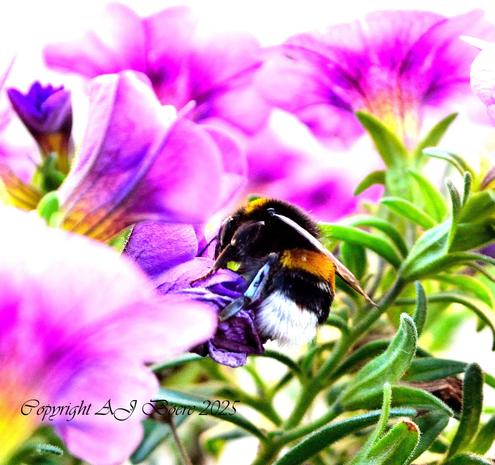
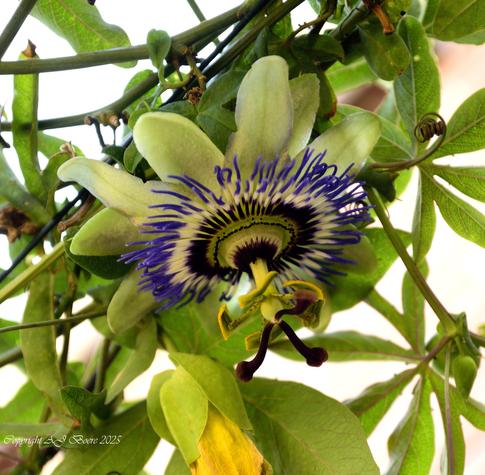
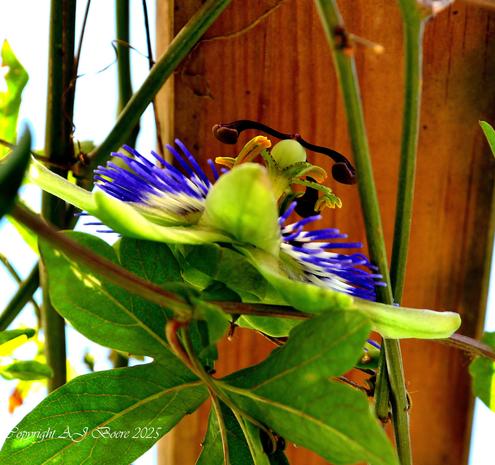
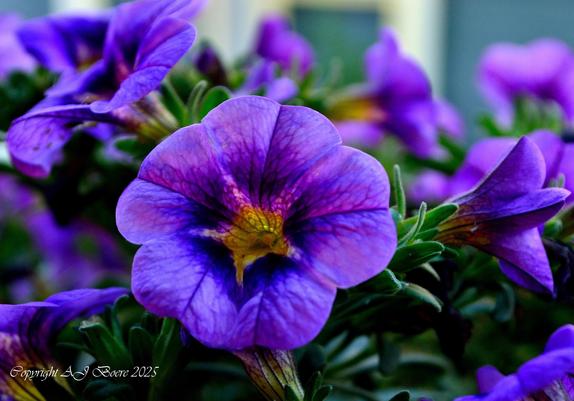
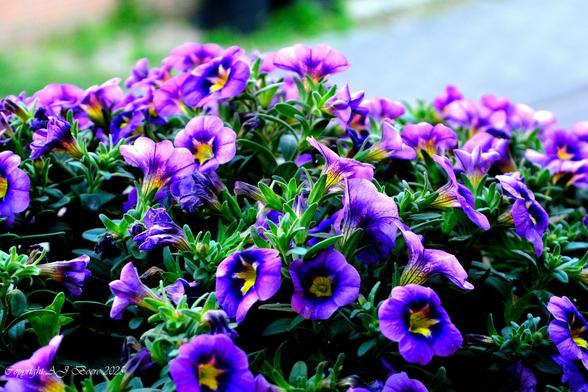
![The house sparrow is typically about 16 cm (6.3 in) long, ranging from 14 to 18 cm (5.5 to 7.1 in).[4] The house sparrow is a compact bird with a full chest and a large, rounded head. Its bill is stout and conical with a culmen length of 1.1–1.5 cm (0.43–0.59 in), strongly built as an adaptation for eating seeds. Its tail is short, at 5.2–6.5 cm (2.0–2.6 in) long. The wing chord is 6.7–8.9 cm (2.6–3.5 in), and the tarsus is 1.6–2.5 cm (0.63–0.98 in).[5][6] Wingspan ranges from 19–25 centimetres (7.5–9.8 in).[5]
In mass, the house sparrow ranges from 24 to 39.5 g (0.85 to 1.39 oz). Females usually are slightly smaller than males. The median mass on the European continent for both sexes is about 30 g (1.1 oz), and in more southerly subspecies is around 26 g (0.92 oz). Younger birds are smaller, males are larger during the winter, and females are larger during the breeding season. Birds at higher latitudes, colder climates, and sometimes higher altitudes are larger (under Bergmann's rule), both between and within subspecies](https://files.mastodon.social/cache/media_attachments/files/114/686/700/520/326/042/small/536489cc5df1c2f4.jpg)
![The house sparrow is typically about 16 cm (6.3 in) long, ranging from 14 to 18 cm (5.5 to 7.1 in).[4] The house sparrow is a compact bird with a full chest and a large, rounded head. Its bill is stout and conical with a culmen length of 1.1–1.5 cm (0.43–0.59 in), strongly built as an adaptation for eating seeds. Its tail is short, at 5.2–6.5 cm (2.0–2.6 in) long. The wing chord is 6.7–8.9 cm (2.6–3.5 in), and the tarsus is 1.6–2.5 cm (0.63–0.98 in).[5][6] Wingspan ranges from 19–25 centimetres (7.5–9.8 in).[5]
In mass, the house sparrow ranges from 24 to 39.5 g (0.85 to 1.39 oz). Females usually are slightly smaller than males. The median mass on the European continent for both sexes is about 30 g (1.1 oz), and in more southerly subspecies is around 26 g (0.92 oz). Younger birds are smaller, males are larger during the winter, and females are larger during the breeding season. Birds at higher latitudes, colder climates, and sometimes higher altitudes are larger (under Bergmann's rule), both between and within subspecies](https://files.mastodon.social/cache/media_attachments/files/114/681/445/658/053/963/small/3d4464ccc2ae5359.jpg)
